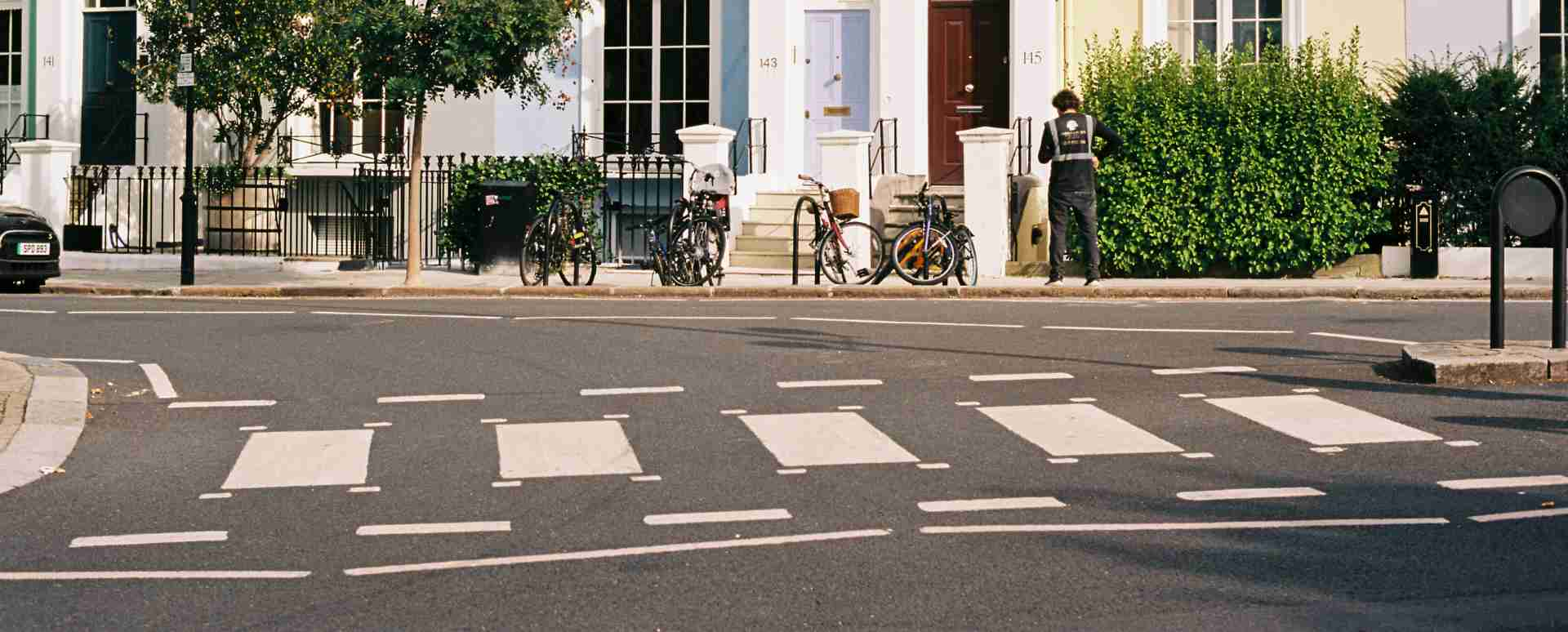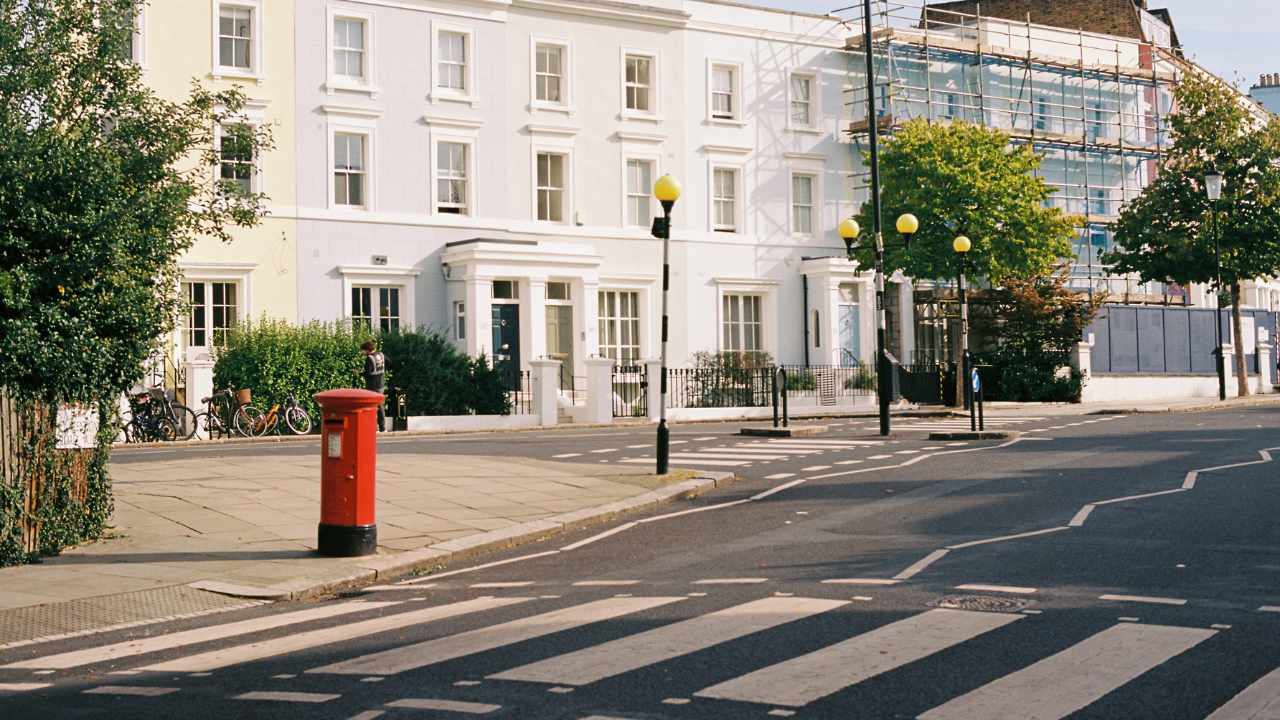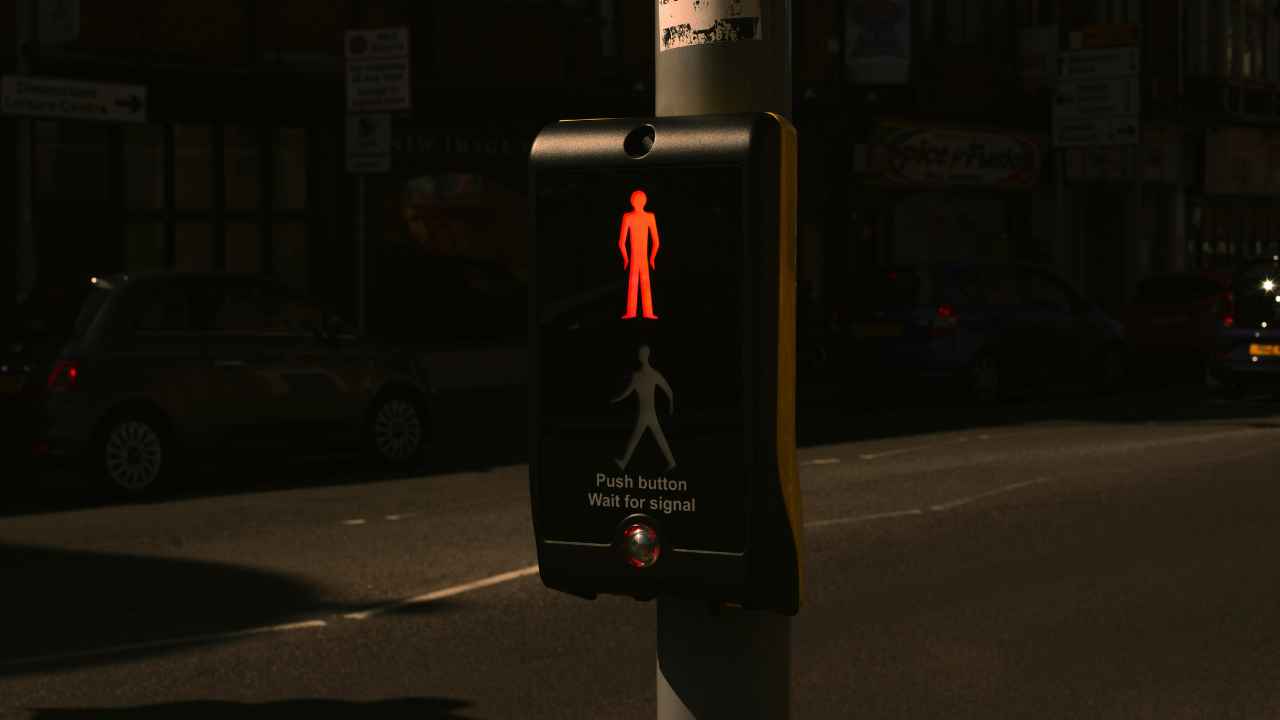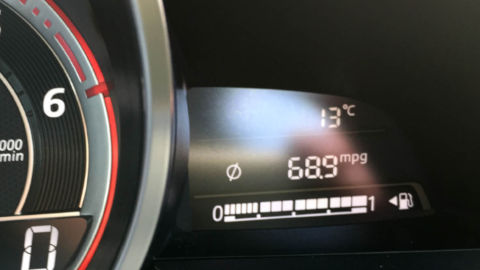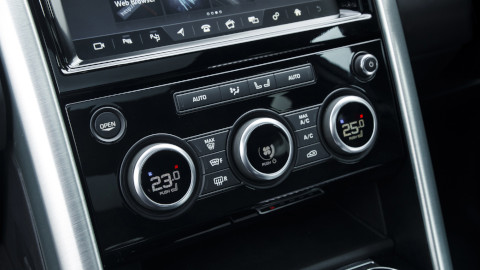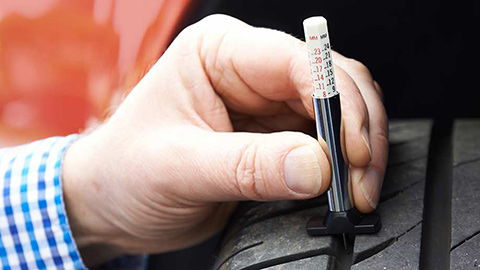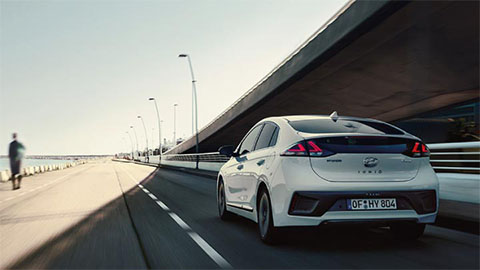How many types of pedestrian crossings are there in the UK?
When learning how to drive, some of the most important rules to remember is how, you as driver, should act when coming across pedestrians. Remembering the different types of crossings is crucial to keep all road users safe.
Currently, there are six different types of crossings you should know about. The information presented below is necessary to pass the driving test and to maintain a safe driving routine.
Content
- How do Zebra crossings work?
- What is the difference between Pelican, Puffin, Toucan, and Pegasus crossings?
- What is a Pelican crossing?
- What is a Puffin crossing?
- What is a Toucan crossing?
- What’s a Pegasus crossing?
- School Crossings
How do Zebra crossings work?
The most memorable type of crossings for many drivers and pedestrians is the Zebra crossing. The most distinctive feature of a Zebra Crossing is its black and white stripes, resembling the distinctive coat of a zebra. This crossing is painted throughout the whole width of the road.
The Zebra crossing is usually accompanied by zigzag lines painted on either side of the road, and occasionally with Belisha Beacons (amber globes on top of black and white stripped poles) as well.
The way these type of crossings work is quite simple: pedestrians have the right of way.
If you’re driving along a two-way street and there’s a pedestrian refuge in the middle of the road splitting the crossing in two, both crossings should be treated individually. This means that if you spot a pedestrian crossing the other side of the road, you may continue to drive until they reach the refuge, then you'll need to stop.
It’s important to make sure there are no pedestrians waiting as you approach a Zebra crossing. If there are, you must come to a full stop to allow them to cross safely, and wait until they’ve finished crossing before proceeding.
What is the difference between Pelican, Puffin, Toucan, and Pegasus crossings?
When taking a driving test, you’ll need to demonstrate your ability to identify and act correctly when coming across any of the following crossings. They all have different rules, so it’s essential that you memorise what each look like and what to do when reaching one.
What is a Pelican crossing?
Pelican crossings were first introduced in the UK in the late 1960s. They were the first light-controlled crossings that allowed the pedestrians to push a button when they needed to operate the traffic lights.
As a pedestrian yourself, you’ll probably have come across this type of crossing several times. The way you can identify the Pelican crossing from a driver point of view is by paying attention to the road signs, such as lines painted on the floor, and by spotting traffic lights.
As you approach a Pelican crossing, it’ll be easy to spot the zigzag lines on both sides of the road (before and after the crossing), along with a set of traffic lights displaying the icon of a man, that switches to green (when pedestrians have the right to cross the road) and red (when they don’t).
Differently than the Zebra crossing, in this situation when a pedestrian is crossing a road with a refuge island, by law drivers must wait for the pedestrian to finish crossing all the way. However, if the crossing is staggered (with two sets of traffic lights and a refuge island in the middle), the crossings can be treated separately, and you don’t need to wait the pedestrian finish crossing all the way before moving if the drivers’ light turned flashing amber or green.
Fashing amber is another light to be aware of when approaching this type of crossing. This is a unique light to Pelican crossing, and it indicates that the stopped traffic must give way to pedestrians already crossing the road. If the amber light is flashing, but there’s nobody crossing, you can start driving.
What is a Puffin crossing?
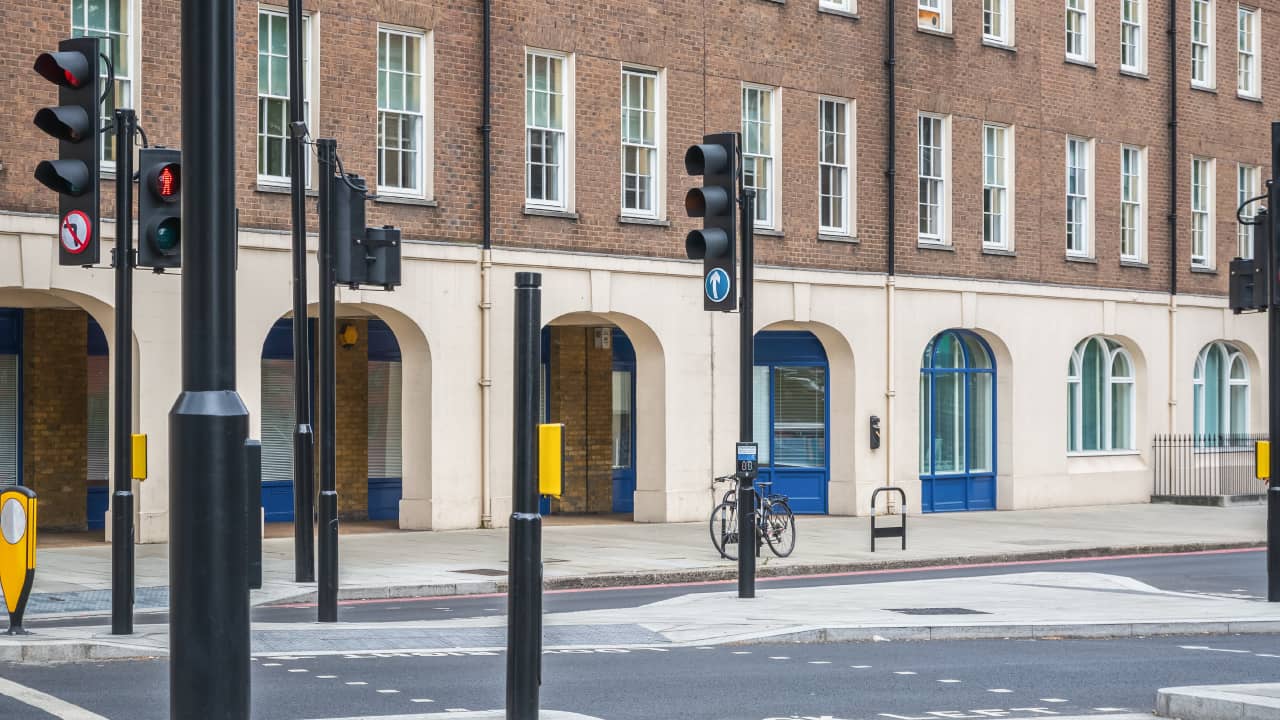
The Puffin is similar to the Pelican crossing. The easy way to spot the difference is the Pelican crossing has the green and red man lights on the opposite side of the road to the pedestrians. The Puffin, has the green and red man on the same side of the road as the pedestrians.
Again, like the Pelican crossing, there will be zigzag lines painted on both sides of the road and before and after the pedestrian lights, so they should be easy to identify as you approach them.
What is a Toucan crossing?
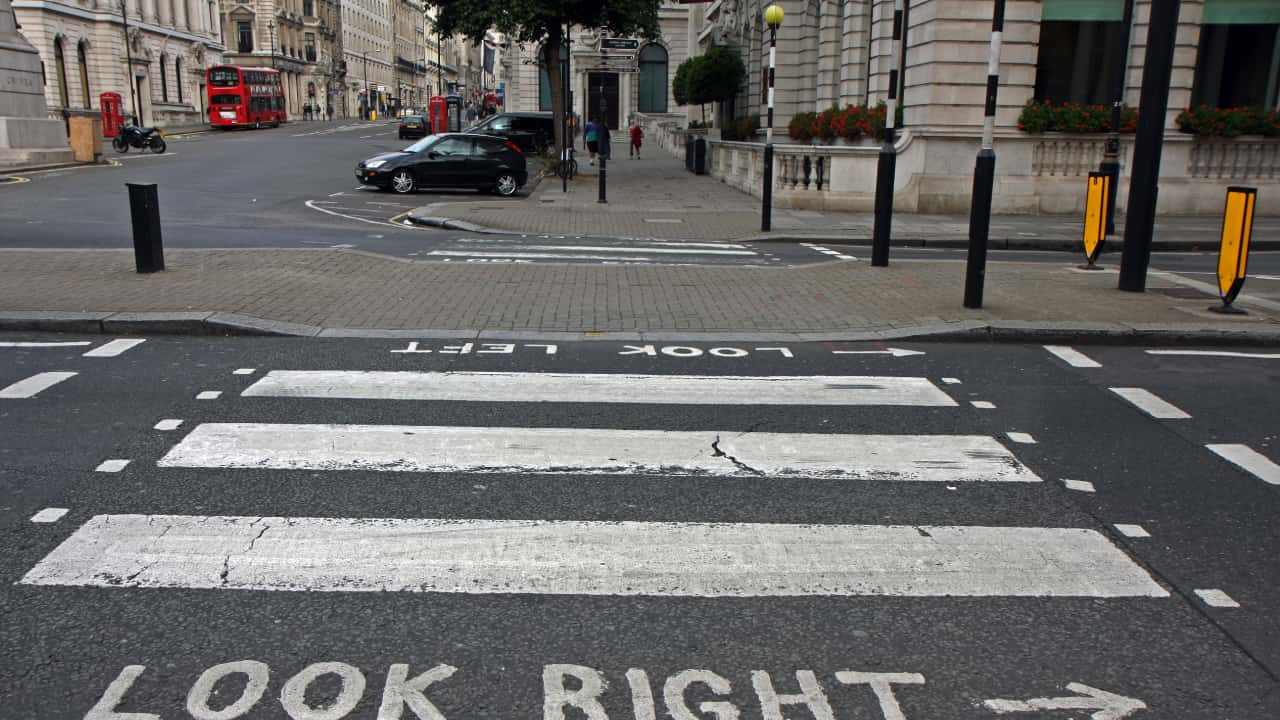
The Toucan crossing is similar to the Pelican and puffin crossings. Also equipped with a set of pedestrian lights, the main difference between the toucan crossing to the other two is that as well as presenting the green and red man, and it also displays a light signalling when it’s safe for cyclists to cross.
What’s a Pegasus crossing?
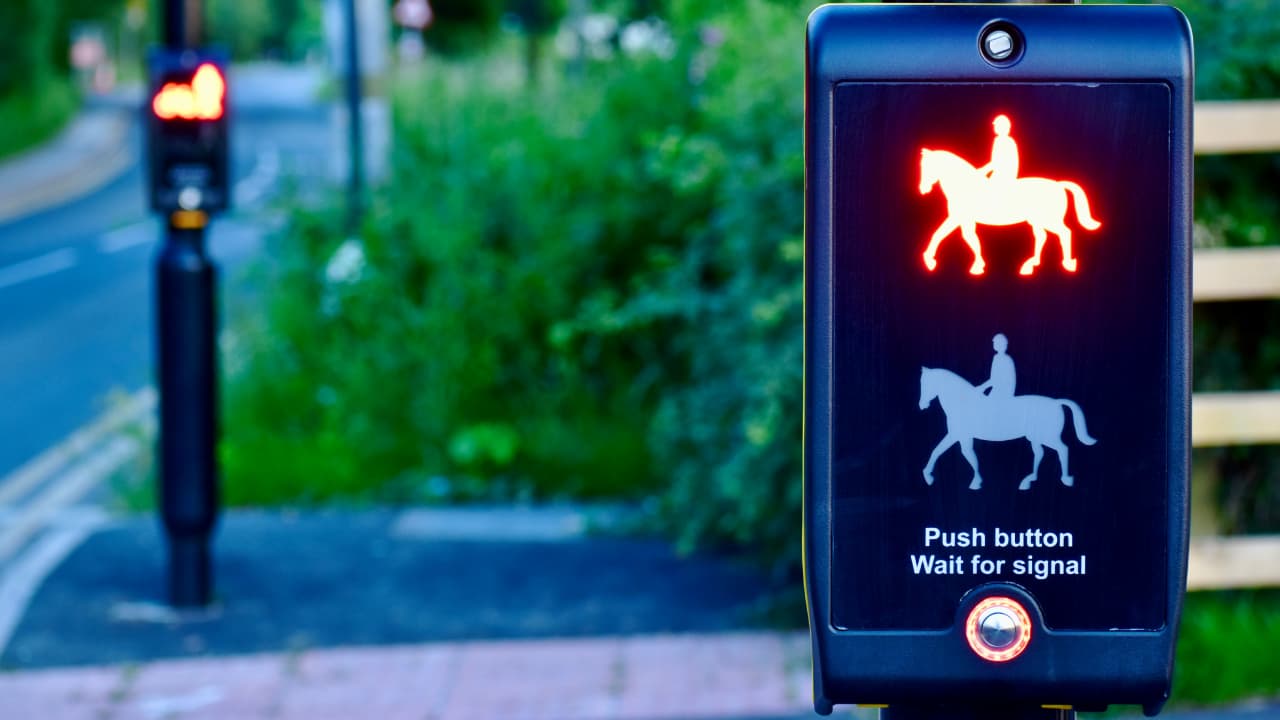
Even though the Pegasus crossing is the least common type of crossing in the country, it’s important to mention its similarity to the Pelican and Puffin and point out the few differences, as you may have come across one at some point.
Just like the two crossings previously mentioned, the Pegasus features a pedestrian light, however, this light signals when it’s safe for people and horses to cross the road. There are two light boxes, one, however, is placed higher up, so horse riders can press it without dismounting.
This type of crossing is more commonly found near parks, which are popular areas for riders. In order to keep safe, the crossing is usually wider than the regular Pelican, and fences and barriers are placed along the pavement and refuge island to protect pedestrians, riders, and drivers.
School Crossings
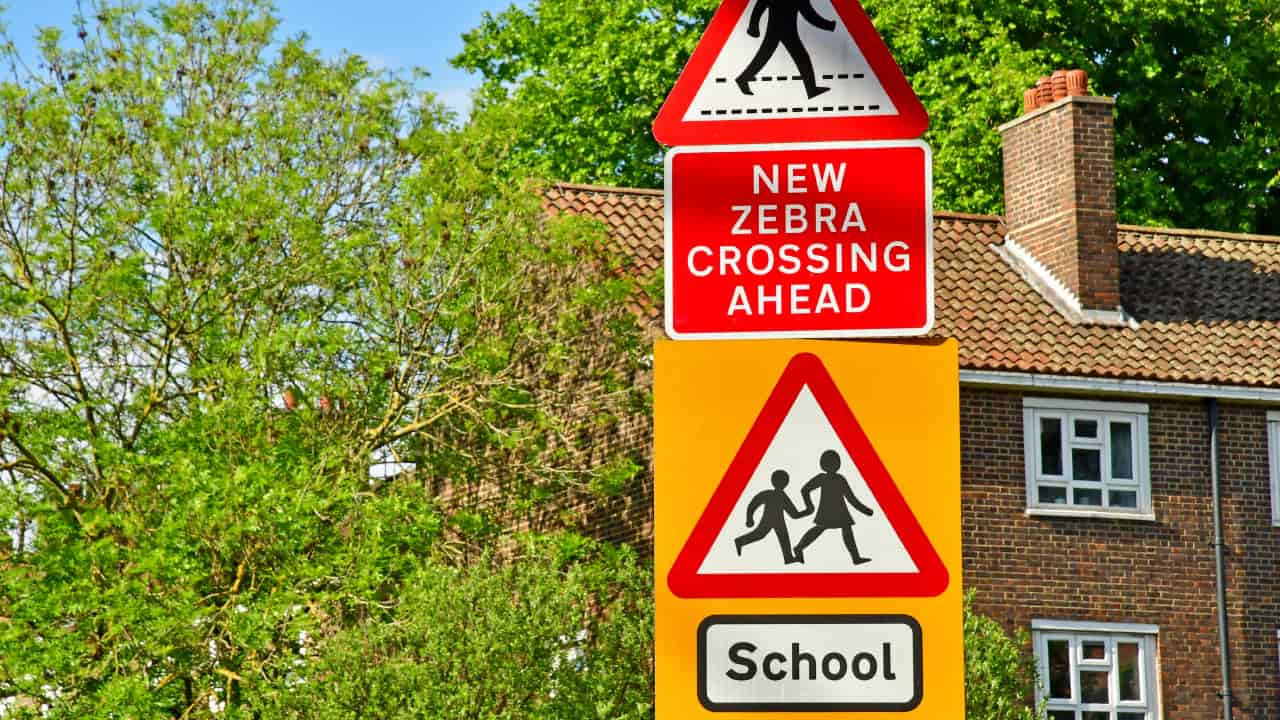
School crossings aren’t the most researched type of crossing, but it deserves an honorary mention. This is because it’s a criminal offence not to stop when a crossing guard signals for you to do so.
Not stopping at a school crossing could cost you £1,000 in fines, three penalty points, and could even lead you to have a driving disqualification.
You can easily spot a school crossing by the amber flashing lights and road signs alerting that there could be school children crossing the road.
How will a school crossing patrol signal you to stop?
A crossing guard will step into the road and signal for you to stop your vehicle. You must wait until everybody have crossed safely, and the last person is on the pavement.
It’s advisable that cyclists always dismount when using this crossing.
Learn more about driving in the UK with Evans Halshaw
Whether you’re learning how to drive or refreshing your memory, remembering the rules to each type of crossing is crucial to maintain road safety for drivers and pedestrians.
Keeping your eyes on the road and watching for the signs will prevent accidents, allowing traffic to run smoothly.
To learn more about driving, access Evans Halshaw blog. There, you’ll be able to find driving tips, car comparisons, and maintenance advice with how-tos.

